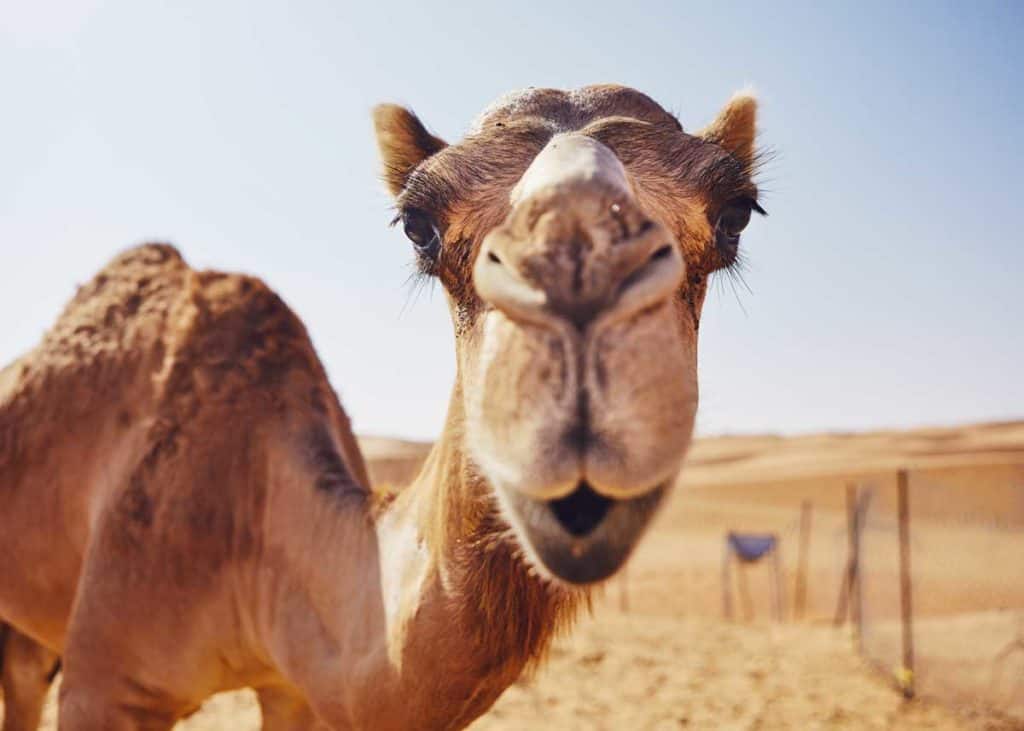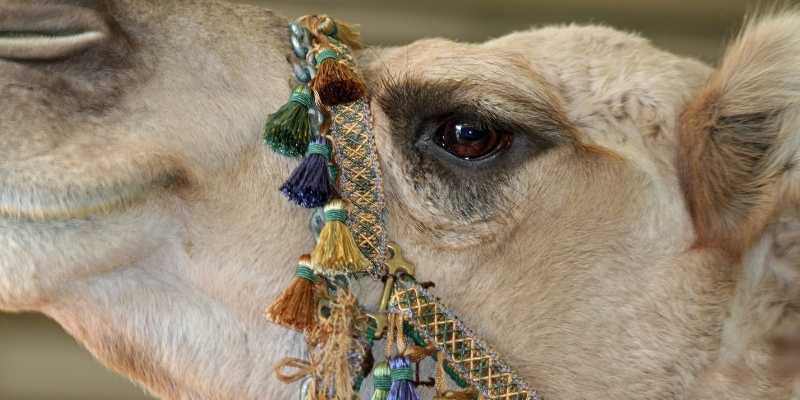Unveiling the Beauty of Camel Eyelids: A Unique and Intriguing Feature
Camels, often associated with their remarkable ability to survive in harsh desert environments, possess a feature that has captivated the curiosity of many: their distinctive eyelids. In this article, we will delve into the intriguing world of camel eyelids, exploring their anatomy, functions, and the captivating uniqueness they bring to these magnificent creatures.
I. Anatomy of Camel Eyelids

Anatomy of Camel Eyelids
Camel eyelids stand out due to their distinct structure. Unlike humans and many other animals, camels possess a double set of eyelashes. These dual layers provide protection against sand, dust, and intense sunlight. The upper eyelid is equipped with dense, long lashes, while the lower one boasts shorter but thicker lashes. This design acts as a barrier, preventing debris from entering the eyes and offering vital shielding against the desert elements.
II. Adaptations for Desert Life

Adaptations for Desert Life
Shielding from Sand and Dust: Camel eyelids are expertly adapted to protect against the relentless desert winds and blowing sand. The interplay of the dual eyelash layers helps to minimize the intrusion of sand particles into the eyes, reducing irritation and potential damage.
Sun Glare Mitigation: The harsh desert sun poses a challenge for all desert inhabitants, camels included. The double set of eyelashes and eyelids act as a natural visor, blocking excessive sunlight and reducing glare. This adaptation aids in maintaining clear vision even in the bright desert environment.
Hydration Preservation: Camels' remarkable adaptation to arid conditions extends beyond their eyelids. The eyelashes and eyelids contribute to reducing the amount of moisture lost from the eyes due to evaporation. This preservation of hydration is essential for their overall survival in water-scarce regions.
III. Comparing Camel Eyelids with Other Animals' Eyelids
|
Feature |
Camels |
Other Animals |
|
Eyelash Structure |
Double layer (long and thick lashes) |
Single layer |
|
Environment |
Desert and arid regions |
Diverse environments |
|
Adaptations |
Protection from sand, dust, and glare |
Varied based on habitat and behavior |
|
Hydration Control |
Reduces moisture loss from eyes |
Varies |
IV. The Mystery of Camels' Eyelids
The evolution of these unique eyelids raises intriguing questions about the selective pressures that led to their development. Researchers believe that the harsh desert environment played a significant role in shaping camels' eyelids. The ability to protect their eyes from the elements and maintain visual clarity would have been advantageous for survival and successful navigation in the desert.
V. Conservation Considerations
While camels have adapted to desert life over millions of years, the encroachment of human activities in their habitats poses new challenges. Conservation efforts must not only focus on the overall camel populations but also on preserving the unique adaptations, such as their remarkable eyelids, that enable them to thrive in challenging environments.
The camel's eyelids stand as a testament to the incredible ways in which nature shapes organisms to thrive in their environments. From the double set of eyelashes that shield against sandstorms to the reduced moisture loss that aids in hydration preservation, these adaptations are a marvel of evolution. As we continue to explore the wonders of the natural world, let us remember that even the most seemingly mundane features can hold secrets waiting to be unveiled.